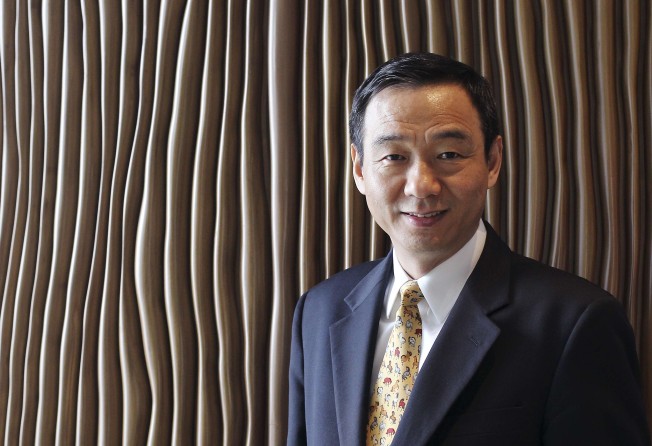AAG Energy hunts for major overseas oil, gas acquisition targets
The coal seam natural gas explorer is focusing on the “one belt, one road” countries in its search for assets

AAG Energy, the first non state-owned coal seam natural gas explorer to get Beijing’s approval to enter into large scale production, is gearing up to make a major overseas acquisition in the oil and gas sector, taking advantage of low energy prices.
The company, which raised HK$2.1 billion last year via an initial public offering in Hong Kong, is interested in buying assets in nations along the so-called “one belt, one road” trade route with which Beijing has pledged closer economic cooperation. Southeast Asia is a particular area of interest for the company.
“Southeast Asia is a region where we are assessing acquisition opportunities, partly because we would get government support under the one belt, one road policy,” chairman Stephen Zou Xiangdong told the South China Morning Post.
“Of course, we also need to consider the strength of the future cooperation partners in such projects.”
The company said in late August it had submitted a “definitive bid to acquire certain oil and gas assets outside of China from an international oil and gas company.”
Zou said the bid is ongoing but declined to offer more details, citing commercial sensitivity.
The projects are already in production stage and have been generating “solid cash flow and profits,” AAG said, adding that the deal would constitute a “major” or “very substantial” acquisition as defined by Hong Kong’s listing rules.
A major acquisition is one large enough so that the target’s assets, profit, revenue or market value amounts to at least 25 per cent but less than 100 per cent of that of the listed acquirer. A very substantial acquisition is one big enough so that any one of those ratios exceeds 100 per cent.
AAG has a market capitalization of around HK$5 billion. It had around HK$1.9 billion of cash net of borrowings at the end of June.
“Under the current low oil price environment, we hope to be able to invest in some assets that are already in production,” said Zou. “We will not target early stage or green-field projects and will focus on nations with a stable geopolitical environment.”
Since going public, AAG has studied over 100 acquisition opportunities that are either in China or abroad, he added.
Although coal seam gas – trapped between dense coal seams – is an unconventional form of fossil fuel that has only been produced commercially in China for just over a decade thanks to technical breakthroughs, Zou said its exploitation is done by geologists and engineers with experience in the mainstream oil and gas industry.
He noted AAG’s vice-presidents of business development and technology, and the heads of its two mainstay coal seam gas projects in Shanxi province, all have strong backgrounds in conventional oil and gas with international energy majors.
“They can completely handle both conventional and unconventional oil and gas projects,” he said.
AAG has hired some senior managers who worked for US-based major ConocoPhillips, which has offshore joint projects with Chinese offshore oil titan CNOOC, after their projects’ operating responsibility was transferred from ConocoPhillips to CNOOC, he added.
AAG’s net profit fell 15 per cent year-on-year to 72 million yuan in the first half of this year as revenue dropped 30.6 per cent to 193 million yuan on the back of a 32 per cent fall in gas selling prices.
It has cut its full year gas output target by 14.4 per cent, citing a delay in its drilling programme due to bad weather and customers’ equipment failures.
Chief executive Pierce Li Jing said the long term growth profile of its projects has not been affected, as daily output from its mainstay Panzhuang project was up 20 per cent on June 30 from January 1, while that of the pilot production Mabi project rose threefold in the same period.
AAG’s total output has grown by an average annual rate of 53 per cent in the past three years, he added.